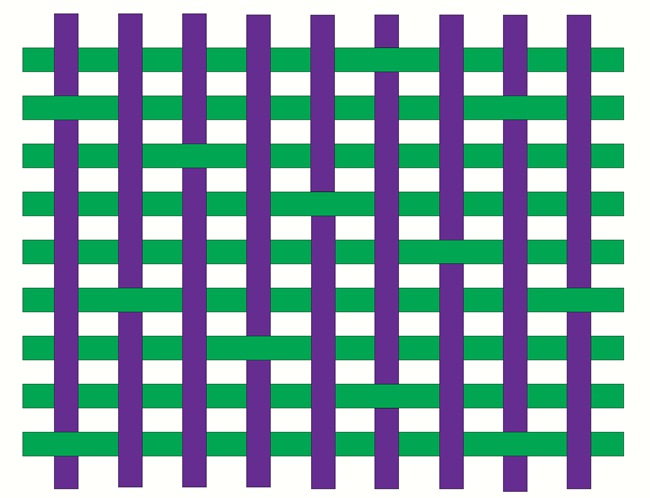Last updated: August 15, 2025
Article
Weaving Patterns
How are different kinds of cloth made? Different cloths like satins, denims, and twills have different structures that feel and look different because the threads are interlaced in different orders. The weave pattern – how the warp and the weft threads cross one another – is set in advance and changes how the loom weaves the cloth.
To set up the pattern of weave, warp threads are controlled by harnesses. A harness is the frame that holds the heddles: strips of steel, each with an ‘eye’ in the middle. Individual warp yarns, called warp ends, are passed through each heddle. Raising and lowering the harnesses control the warp threads and the weave pattern.
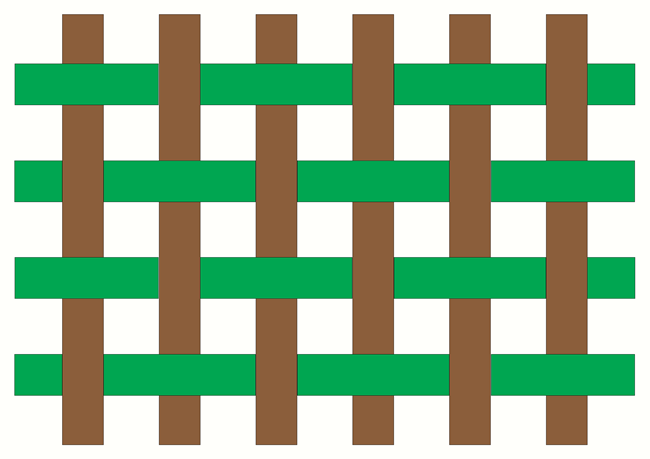


Plain Weave
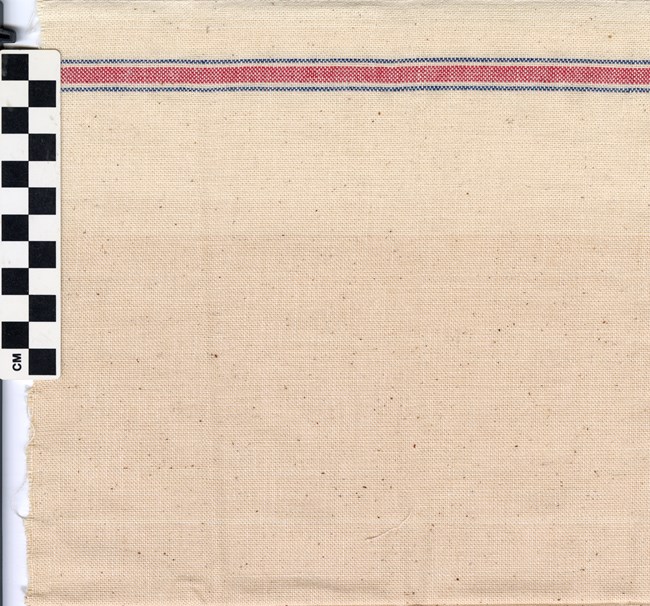
Plain weave, also called plain cloth or tabby, is the simplest kind of weaving. It’s also very common: items like your woven shirts or your bedsheets are often made of plain weave.
A basic plain weave requires two harnesses, and there are two separate sheds. Every other warp thread is lifted, while the rest are lowered, allowing the weft to go over one thread, under one thread, over one thread, and so on all the way across the fabric. The next weft thread does the opposite: it goes over the threads the last pick went under, and under the threads the last pick went over.
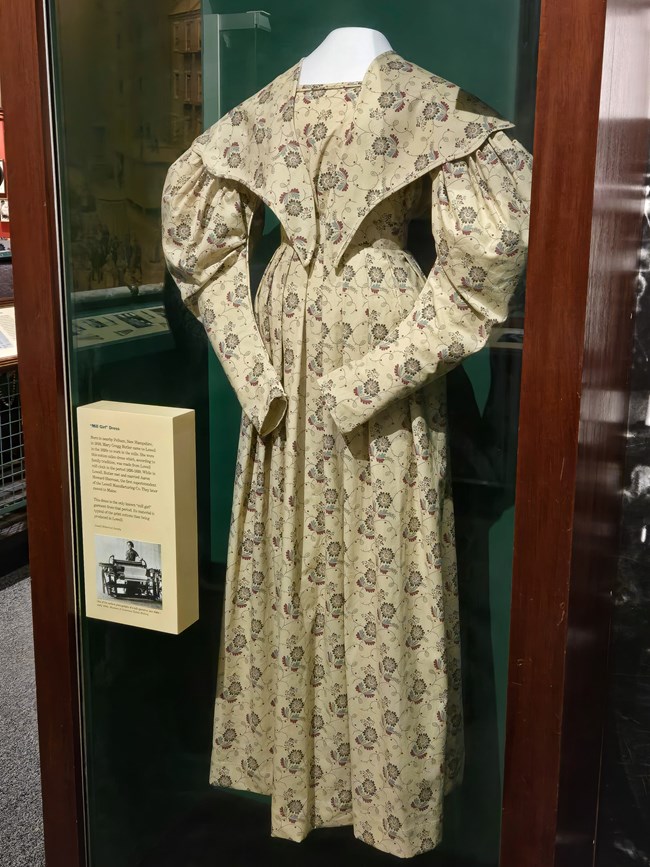
There are possible variations on plain weave, such as basketweave or Oxford, that make slight changes to this simple structure, like going over two, under two.
This ‘mill girl’ dress, from the Boott Cotton Mills Museum, is made of plain weave fabric, printed in multiple colors with a floral design.
Twill
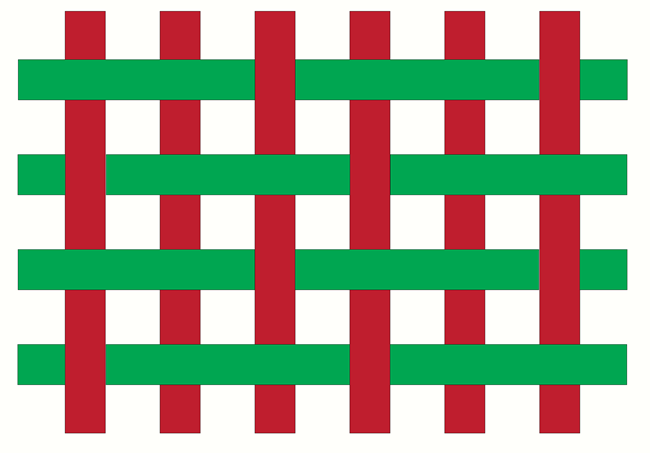
Twill is another common weave pattern, one that’s a little more complex than plain weave. It requires at least 3 harnesses and works by lifting two at a time in order to stagger which warp threads are passed over or under by the weft thread. There are a lot of different twill variations!
Twills can often be identified by the distinct diagonal line created by the staggered skips of the weft, but there are other types of twills such as broken twills and point twills that shift this line in different ways.
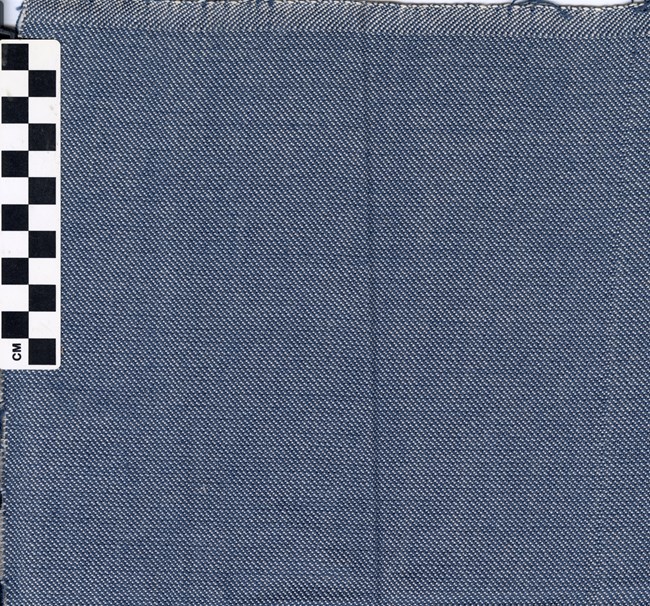
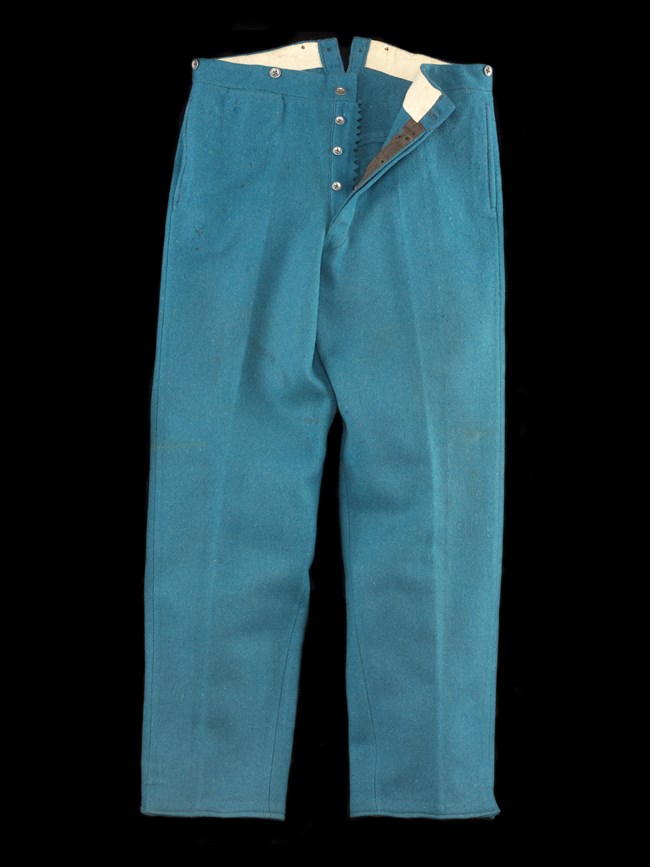
Take twill, for example: it’s often denser and sturdier than plain weave, so it’s a good choice for cloth that needs to stand up to heavy use or to last a long time. These soldier’s trousers from the 1800s are made of wool twill.
The twill you’re probably most familiar with is denim. Jeans are made from denim, a particular kind of cotton twill made with an indigo (dark blue) warp and white weft.
Satin
